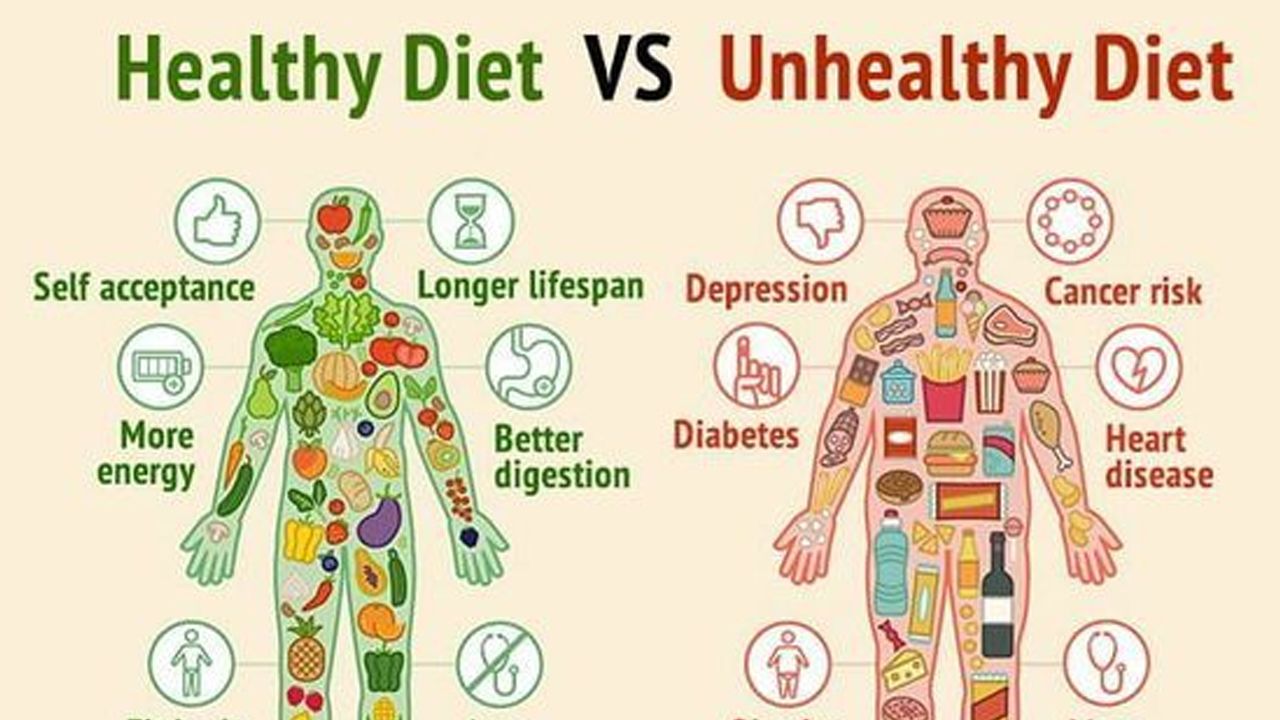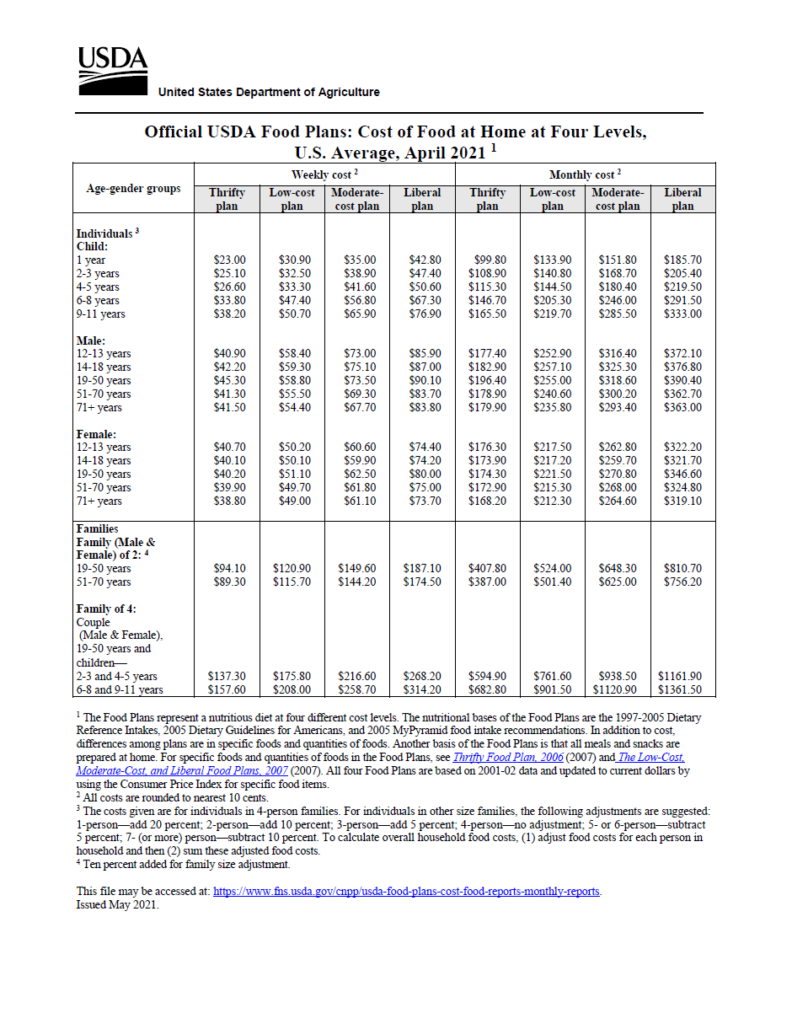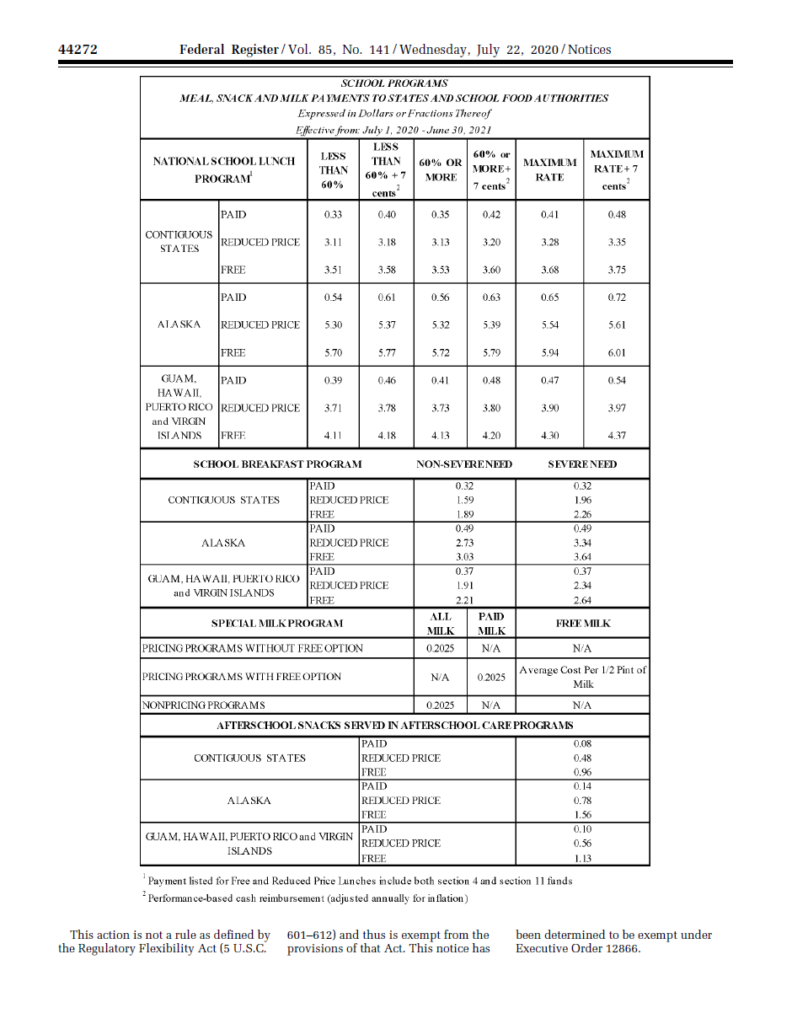By Contributing Member, Dr. Alyssa Beavers, PhD, RD
Weight neutral approaches to health such as Health at Every Size, Intuitive Eating, and many others have exploded in popularity over recent years. While each of these approaches has unique characteristics, there are common threads among them. Most notably, they share the stance that focusing on weight as a marker of health, and weight loss as a way to improve health, is ineffective and even harmful. While weight neutral approaches to health have not yet become widely accepted, there is mounting evidence to support them.
Why is focusing on weight and weight loss ineffective?
The most commonly used metric to determine if someone is at a supposedly “normal” weight is the Body Mass Index (BMI), a calculation that takes into account a person’s height and weight to classify them as “underweight,” “normal weight,” “overweight,” or “obese.” Using BMI as a measure of health has been harshly criticized for not accurately measuring whether someone is healthy. For example, one study found that 30% of people with a “normal” BMI were actually metabolically unhealthy (they had conditions such as high blood pressure, cholesterol, or blood sugar), and 50% of those with “overweight” BMI’s were metabolically healthy. Therefore, relying on BMI as the sole measure of health did not accurately measure the health of a large share of the participants.
Focusing on weight loss as a health goal also has major problems. Diets simply don’t work at achieving lasting weight loss. In 2020, researchers compiled data from 121 studies that examined how much weight was lost on a variety of popular diets. Overall, these studies included nearly 22,000 participants. They found that after 6 months, the amount of weight lost in most diets was between 5 and 15 pounds, but much of this lost weight was regained at 12 months.
The inability to maintain weight loss is not due to a lack of willpower, not trying hard enough, or any other personal failure. It is hardwired into our biology. When we eat less than our bodies need to maintain our weight, our metabolism slows down. That means you would have to eat even less than you previously did to maintain your body weight. Losing weight also has powerful effects on the brain. It results in being unable to stop thinking about food, and even makes food smell and taste better. The slowed metabolism and preoccupation with food that come with weight loss have thousands of years of evolution behind them. Reducing metabolism to conserve energy and increasing motivation to find food functioned to prevent starvation when food was not plentiful.
Why is focusing on weight harmful?
Even more concerning is the harm that focusing on weight or weight loss can inflict. Many people who attempt to lose weight will end up in a cycle of weight loss and weight regain, known as weight cycling, which is associated with a wide variety of negative health outcomes. There are also negative mental health impacts of individuals focusing on their weight, including body dissatisfaction and disordered eating. Focusing on weight has also become a massive problem at a societal level in the US and beyond. People with larger bodies are stereotyped, and experience unfair treatment and teasing or bullying, which is referred to as weight bias or weight stigma. Weight stigma or teasing does not serve as a motivator to lose weight. In fact, it leads to less healthy eating behaviors and less physical activity. This may explain why experiencing weight bias or stigma is associated with negative health outcomes (such as high blood pressure and type 2 diabetes). Unfortunately, weight stigma frequently comes from doctors. People who experience weight stigma from their doctor go to the doctor less frequently, another way in which weight stigma may damage health.
What weight neutral approaches to health DO focus on
Weight neutral approaches often emphasize uncoupling health behaviors from their effects on body weight, such as being active and eating fruits and vegetables because you enjoy them and they are good for your health as opposed to helping maintain or lose weight. Many of these approaches acknowledge that health is not just about personal choices; health is influenced by a variety of systemic inequities in things that promote and hinder health, such as access to healthy food and healthcare. They honor mental wellbeing just as much as physical wellbeing, with a heavy focus on improving body image and body acceptance, working to undo internalized weight stigma.





